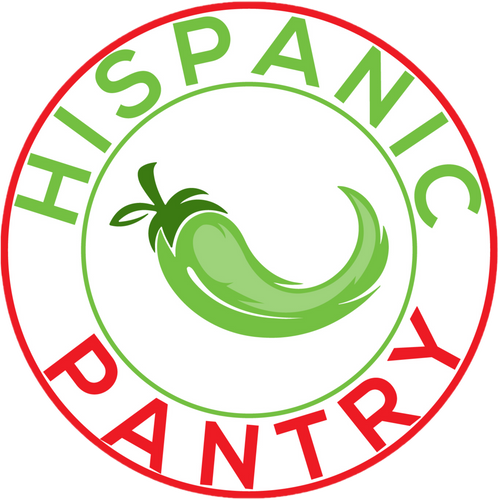Spanish cuisine is renowned for its vibrant flavours and rich culinary history, and at the heart of it lies one of its most iconic dishes – Paella. This traditional rice dish, originating from the Valencia region of Spain, is not just a meal but a cultural experience that brings together family and friends around a communal table. In this blog post, we'll embark on a journey to discover the secrets of crafting an authentic Spanish Paella, exploring its history, ingredients, and step-by-step preparation.
The History of Paella 🥘
To truly appreciate the essence of Paella, it's essential to delve into its history. Originally a peasant dish cooked over an open fire in the fields, Paella was a hearty meal combining rice with whatever ingredients were readily available – often including vegetables, rabbit, duck, or chicken. Over time, it evolved into the iconic dish we know today, with various regional adaptations featuring seafood, meats, and vegetables.
Key Ingredients
At the core of every great Paella lies Calasparra rice, a short-grain variety revered for its ability to absorb flavours while retaining a firm texture. Other essential ingredients include saffron, which imparts a distinct golden hue and delicate aroma to the dish. Piquillo peppers add a sweet and smoky flavour, while smoked paprika lends depth and complexity.
Step-by-Step Preparation
- Prepare the Saffron Broth: Start by infusing warm chicken or vegetable broth with saffron threads, allowing the flavours to meld and develop.
- Sauté Aromatics: In a traditional paella pan or wide skillet, sauté onions, garlic, and bell peppers until soft and fragrant, building the flavour base of the dish.
- Add Rice and Wine: Stir in Calasparra rice, allowing it to toast slightly before deglazing the pan with white wine, imparting a subtle acidity and depth of flavour.
- Incorporate Protein and Vegetables: Whether it's succulent shrimp, tender chicken, or a medley of seafood, add your protein of choice along with vegetables such as tomatoes, peas, and artichokes, layering flavours and textures.
- Simmer and Develop Socarrat: Allow the Paella to simmer gently, resisting the urge to stir, to develop the coveted socarrat – a crispy layer of rice at the bottom of the pan, prized for its intense flavour and texture.
- Garnish and Serve: Once the rice has absorbed the broth and achieved the perfect al dente texture, garnish your Paella with fresh herbs like parsley or cilantro, and serve with lemon wedges for a bright, citrusy finish.
Spanish Paella is more than just a dish – it's a celebration of tradition, culture, and the joy of gathering with loved ones to savour the simple pleasures of life.

Whether you're a seasoned chef or an adventurous home cook, mastering the art of Paella is sure to delight your taste buds and transport you to the sun-drenched shores of Spain with every flavourful bite. So gather your ingredients, fire up your stove, and embark on a culinary journey to create your own masterpiece of Spanish cuisine. ¡Buen provecho!


